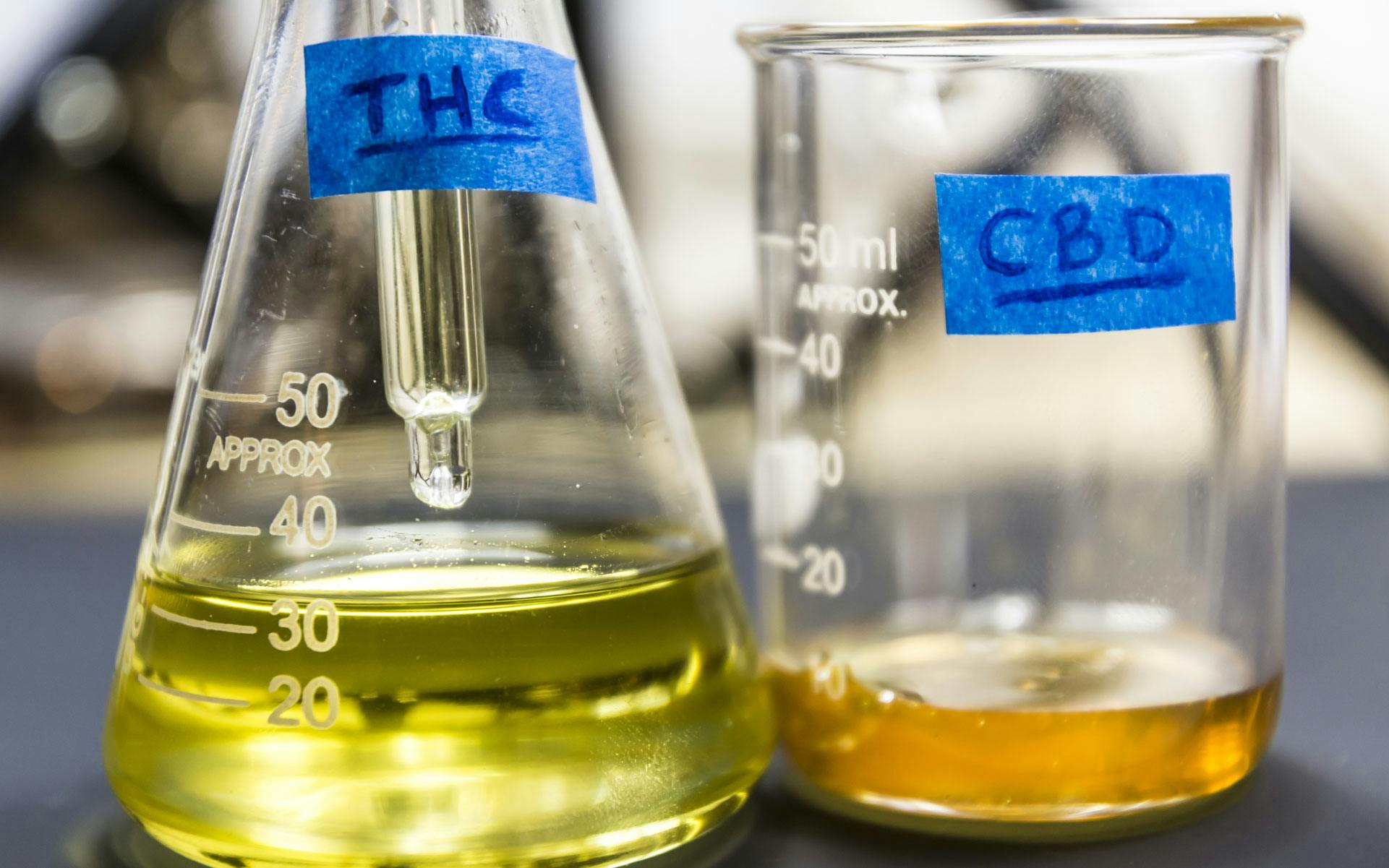Let’s start with some math. As of this week there are 293 dispensaries open in Florida, patronized by the 441,000 Floridians who currently possess a medical marijuana card.
That means there’s roughly one dispensary for every 1,500 patients in the state.
That may seem like a solid ratio. New Jersey has only 12 dispensaries serving 81,000 patients—that’s one dispensary for every 6,750 patients.
But unlike New Jersey, Florida is a massive state in terms of its area. A quick glance at Florida’s dispensary locations shows tight clusters in urban areas and along the coastlines. If you don’t live in those areas, you’re out of luck. There are several sprawling regions with no dispensary for more than 100 miles.
These cannabis deserts present a frustrating challenge for patients, who find themselves having to drive several hours to reach the nearest dispensary at least once a month. Florida has strict purchase limits, so it’s not possible to stock up like it’s a trip to Costco.
A three-hour round trip for meds
The state’s biggest medical marijuana desert is in north-central region of the state, centered around rural Suwannee County.
Located halfway between Jacksonville and Tallahassee, Suwannee County has a population of just under 50,000 people. The county seat of Live Oak has the densest population in the region, but the closest dispensaries are located 70 miles away in Tallahassee. That’s a 90-minute drive each way.
Live Oak residents who treat their chronic pain with opioid prescriptions can fill them at the local CVS, Walgreens, or Winn-Dixie—Live Oak has them all. But patients who flush their pills in favor of cannabis have to take nearly a full day to drive to and from the dispensary. That’s something many people with regular work schedules, young children, or disabilities simply can’t do.

Why aren’t there any dispensaries here?
Blame the state, blame local municipalities, and blame the dispensary companies themselves. All three have created this situation.
There are only 22 companies with medical marijuana licenses in a state with more than 20 million people.
Cities and municipalities in Florida can be stingy with how many dispensary licenses are granted in their respective jurisdictions and to whom these licenses go. Local startup companies are often passed over in favor of bigger, established companies with deep pockets. Many of those bigger companies aren’t interested in serving small communities. It doesn’t make economic sense. So they cluster in the most population-rich regions.
That wouldn’t be a problem in a wide-open industry. If a town or county is underserved, usually a local entrepreneur will start a small boutique and fill the niche.
But Florida’s medical marijuana industry isn’t wide open. It’s tightly regulated and vertically integrated. That means there are only 22 companies with medical marijuana licenses in a state with more than 20 million people. Of those 22 companies, only 14 have actually opened dispensaries.
And those 22 companies are required by law to be fully integrated, which means they have to grow the plants, manufacture the products, and sell them in retail dispensaries. There’s no specialization—and that means it costs a lot of money to even get into the business.
A top-heavy industry in Florida
In Florida, a small handful of companies own licenses that allow them to open up to 30 or more dispensaries. Those companies may not open all 30 stores, though, and they don’t spread them evenly around the state. That wouldn’t make economic sense for them. They open dispensaries where the surrounding population is dense, and patient foot traffic is strong and steady.
A local entrepreneur has no shot at opening a niche dispensary to serve a small town.
That’s made for a top-heavy market. There are 22 licensees, but the top five companies operate two-thirds of all dispensaries.
Why don’t local entrepreneurs just apply for a license? They can’t. The state isn’t issuing any new ones. Existing licenses cost millions of dollars, if they’re available. Last year the owner of two separate Florida medical cannabis licenses put one on the market for $40 million (with an option to open up to 30 dispensaries) and the other for $55 million (with an option to open up to 35 dispensaries).
Highlands County: Finally, a dispensary
Ben Pollara, leader of Florida for Care and one of the state’s longtime advocates for patients, access, and legalization, acknowledges the problem. But he’s optimistic that things are slowly getting better.
“Access is getting better, even if it’s still not great,” Pollara told Leafly. “A year ago people had to drive two, three counties away. The access wasn’t there then, but it’s much better now than it was even then and should be improving more in the future.”
That’s exactly the situation in South Florida’s Highlands County. With more than 100,000 residents, this isn’t a podunk county. But until recently, medical marijuana patients who live in the county seat, Sebring, had to drive more than 90 minutes to the closest dispensary, in Sarasota.
Finally, in October, a single dispensary opened in the town of Avon Park. The One Plant store there is operated by Bluma Wellness, which has five other One Plant dispensaries open in Florida. Those other shops are in population-rich areas like Jacksonville and St. Petersburg, which suggests the company wanted to get established in high-traffic areas before branching out into smaller markets. (Bluma Wellness officials declined to respond to Leafly’s request for comment from the company.)
Delivery services offer some access
For many patients trapped in these deserts, delivery services have filled the gap.
“For all the ways [the state of Florida has] screwed up,” Pollara said, “one thing they did right was create a mandate for delivery access.”
Florida law specifically protects home delivery of medical marijuana, as long as drivers and vehicles meet certain security regulations. And though there are some restrictions on timing of deliveries, there are no limits when it comes to how far a provider is legally allowed to transport medical marijuana.
Of course it would be impractical for individual dispensary delivery drivers to travel hours to remote pot deserts, but the company OnePlant has created a solution: a medical marijuana delivery hub system that serves different parts of the state on different days, streamlining deliveries and greatly expanding access in remote areas.
As of Nov. 2020, OnePlant’s network completely covers all rural areas in both Central and South Florida, and plans are currently underway to expand in North Florida counties, particularly in the Panhandle region, which is still the most underserved area of the state when it comes to dispensaries and access.
Change could be coming
At the state level, the Florida Supreme Court is going to be looking at arguments in the near future to pave the way for non-vertically granted licenses for dispensaries in the state.
Ending Florida’s vertical-integration rule could open a door for smaller companies to enter.
That could greatly expand opportunities for small and local businesses to open locations in these underserved communities. You can read more about the legalities involving this case at South Florida Hospital News.
Medical marijuana has been legal in Florida since 2016, and efforts for full marijuana legalization are moving full steam ahead for a potential vote in 2022. While a lot of progress has been made thus far, the need for advocacy never ends, especially as accessibility of safe and legal medical marijuana products remains an issue in several large portions of Florida.
Floridians looking for resources and ways to help can check out both Florida for Care and Make it Legal Florida for more on this issue.








